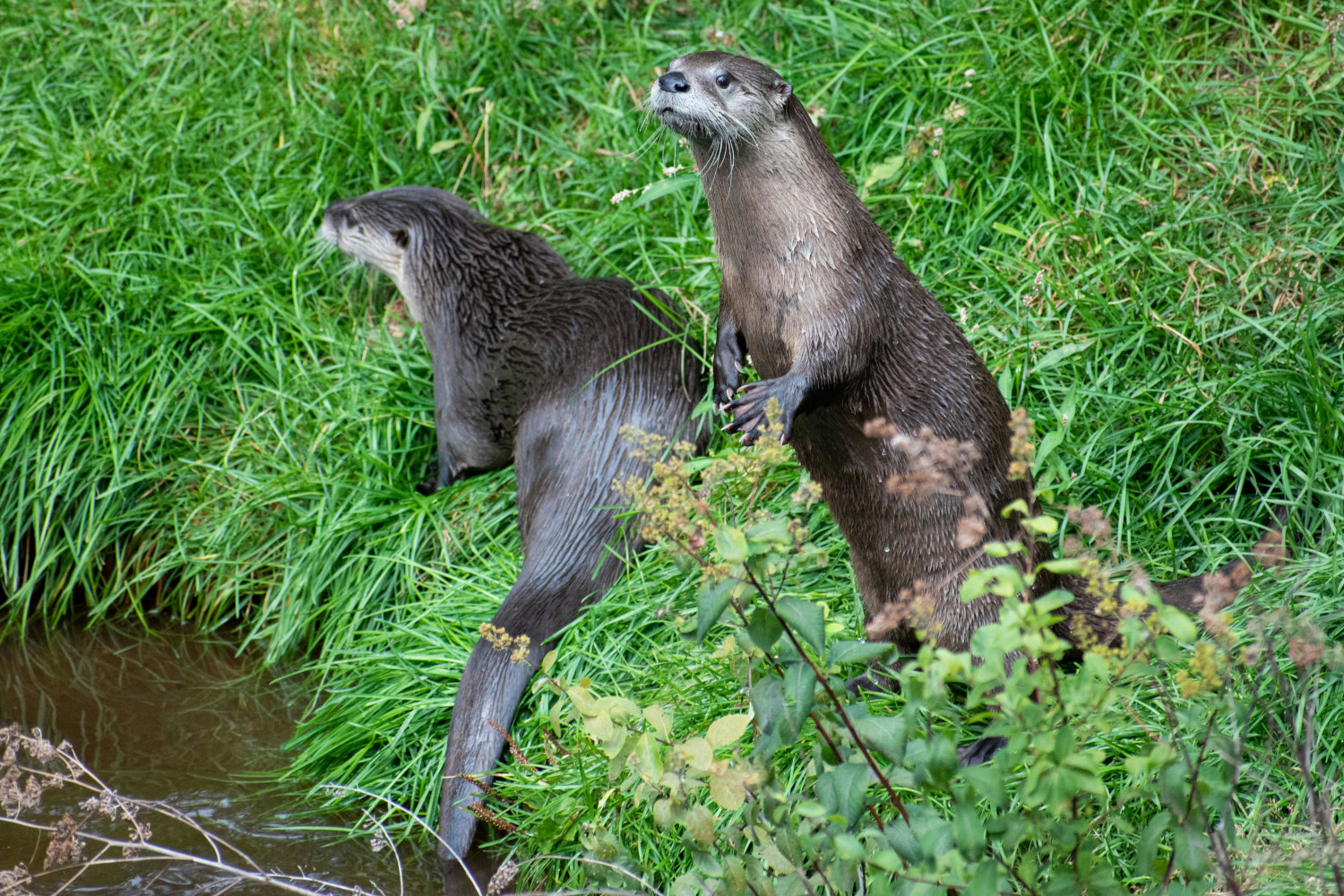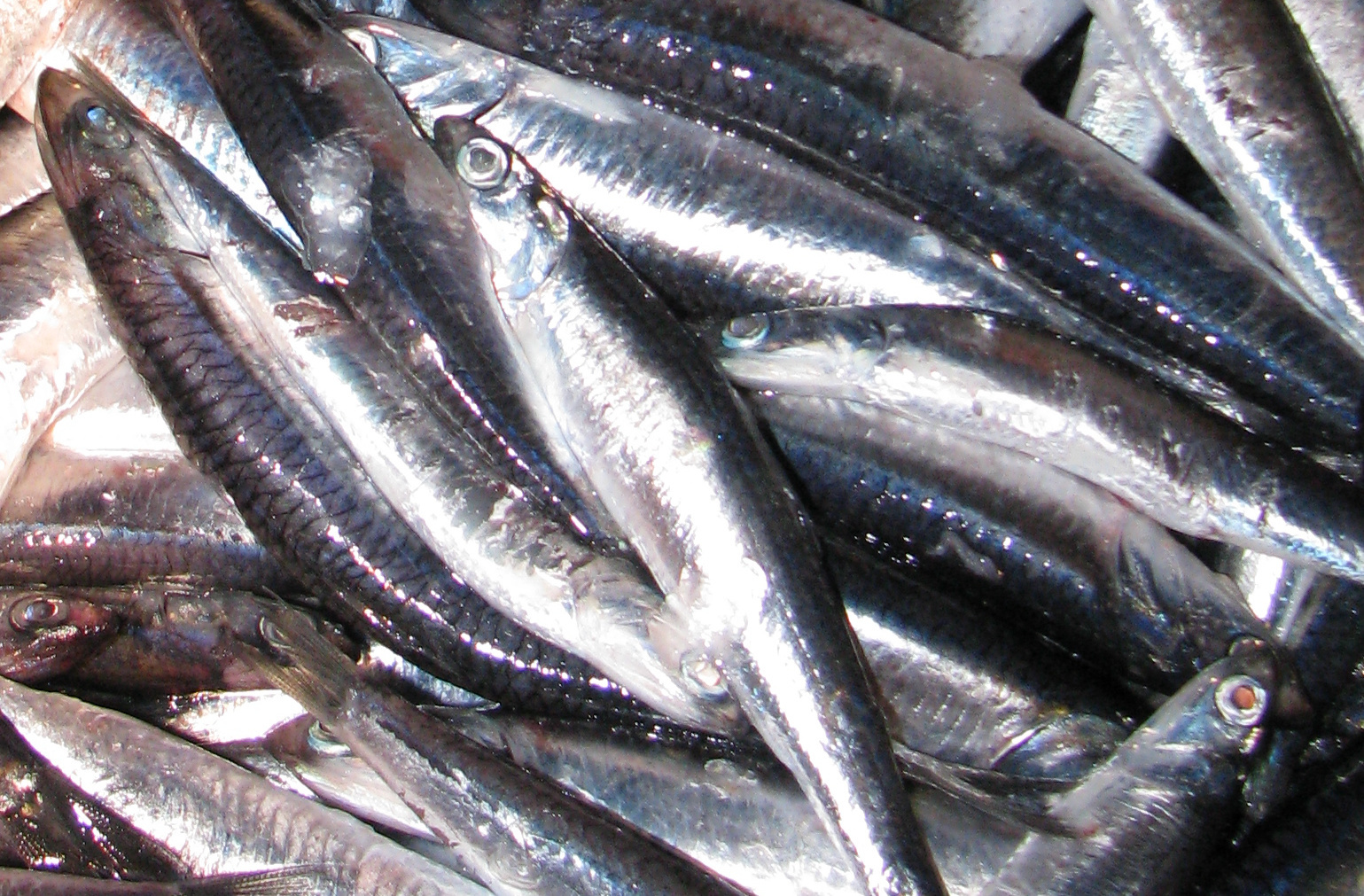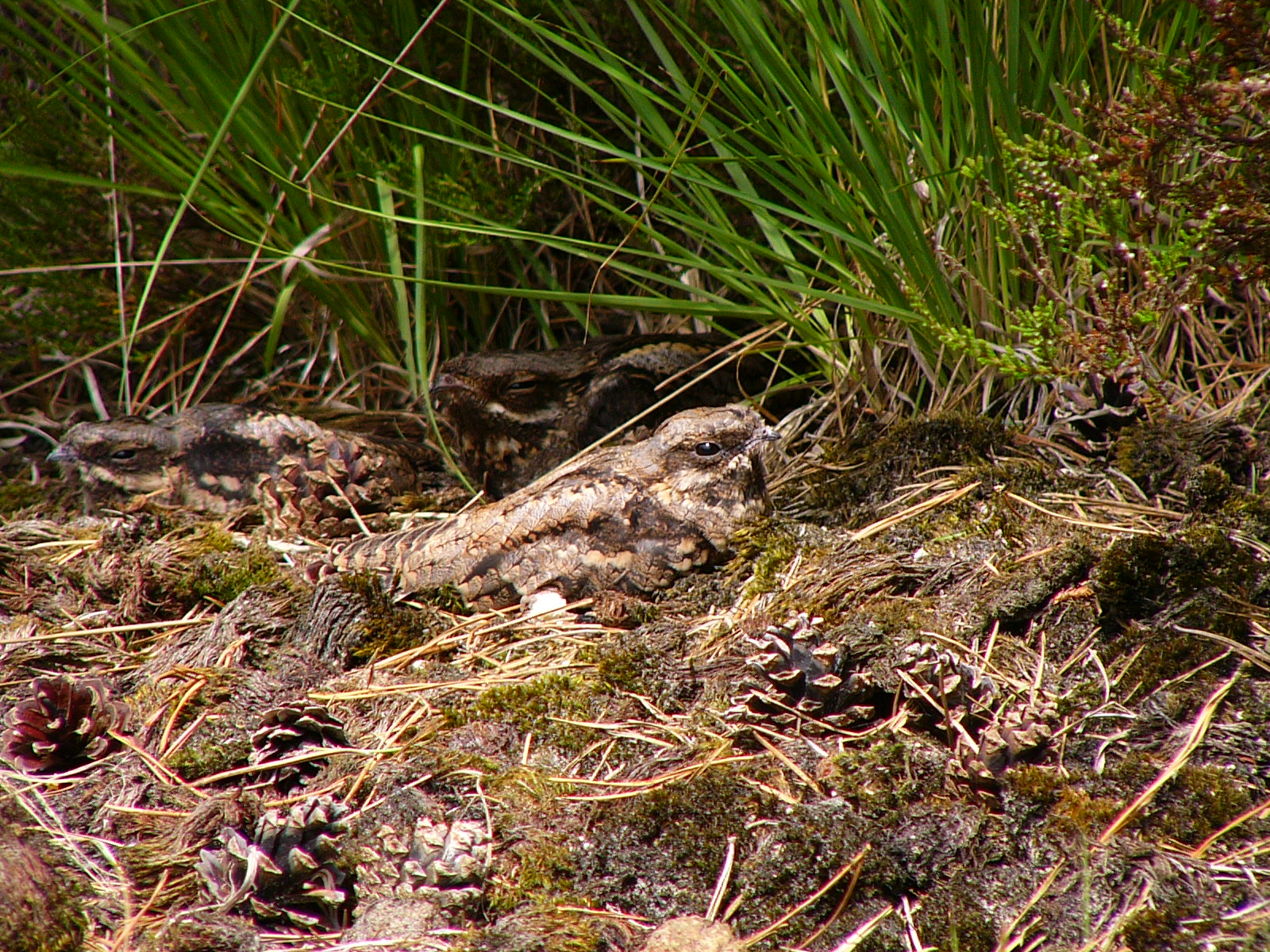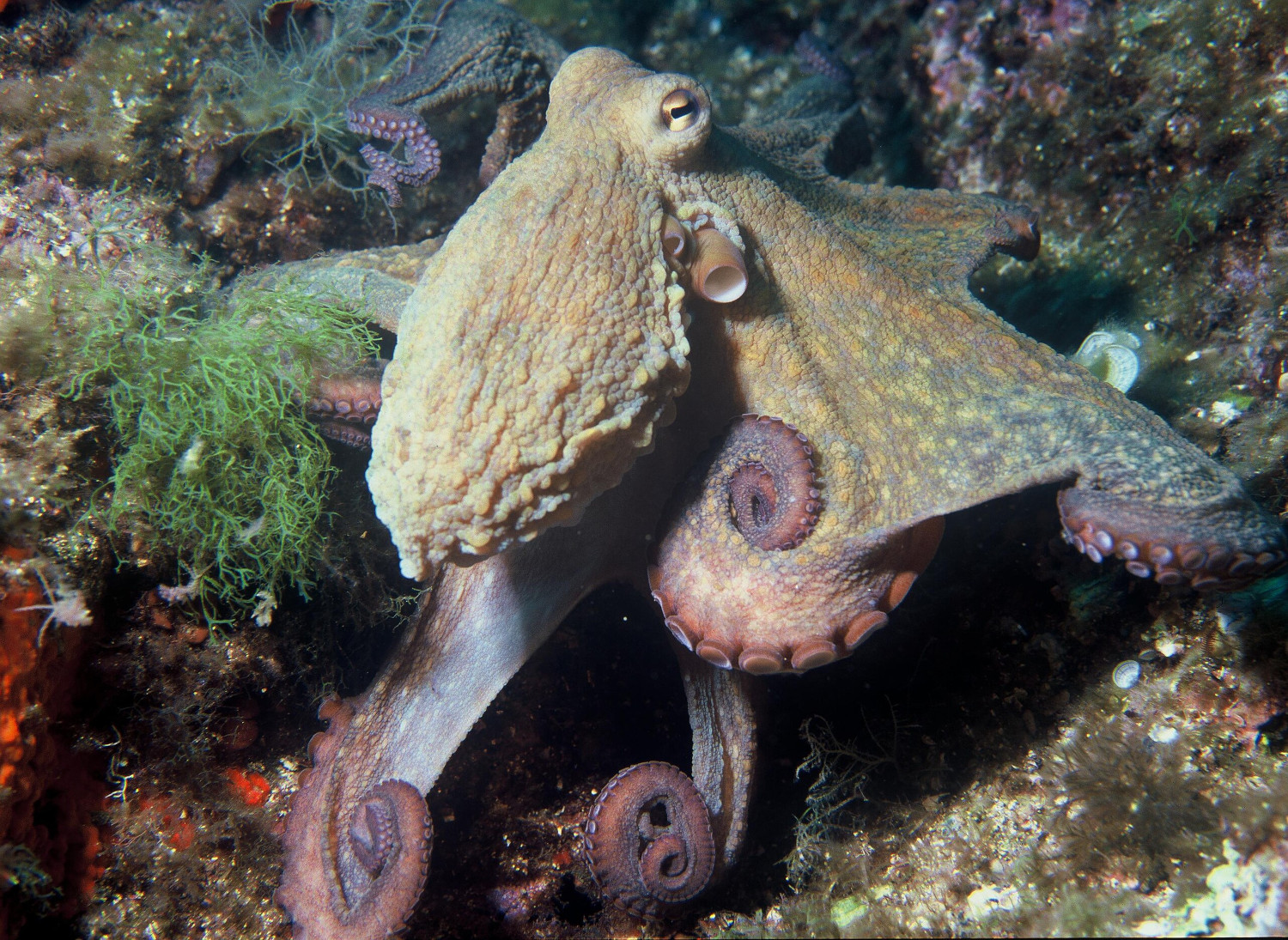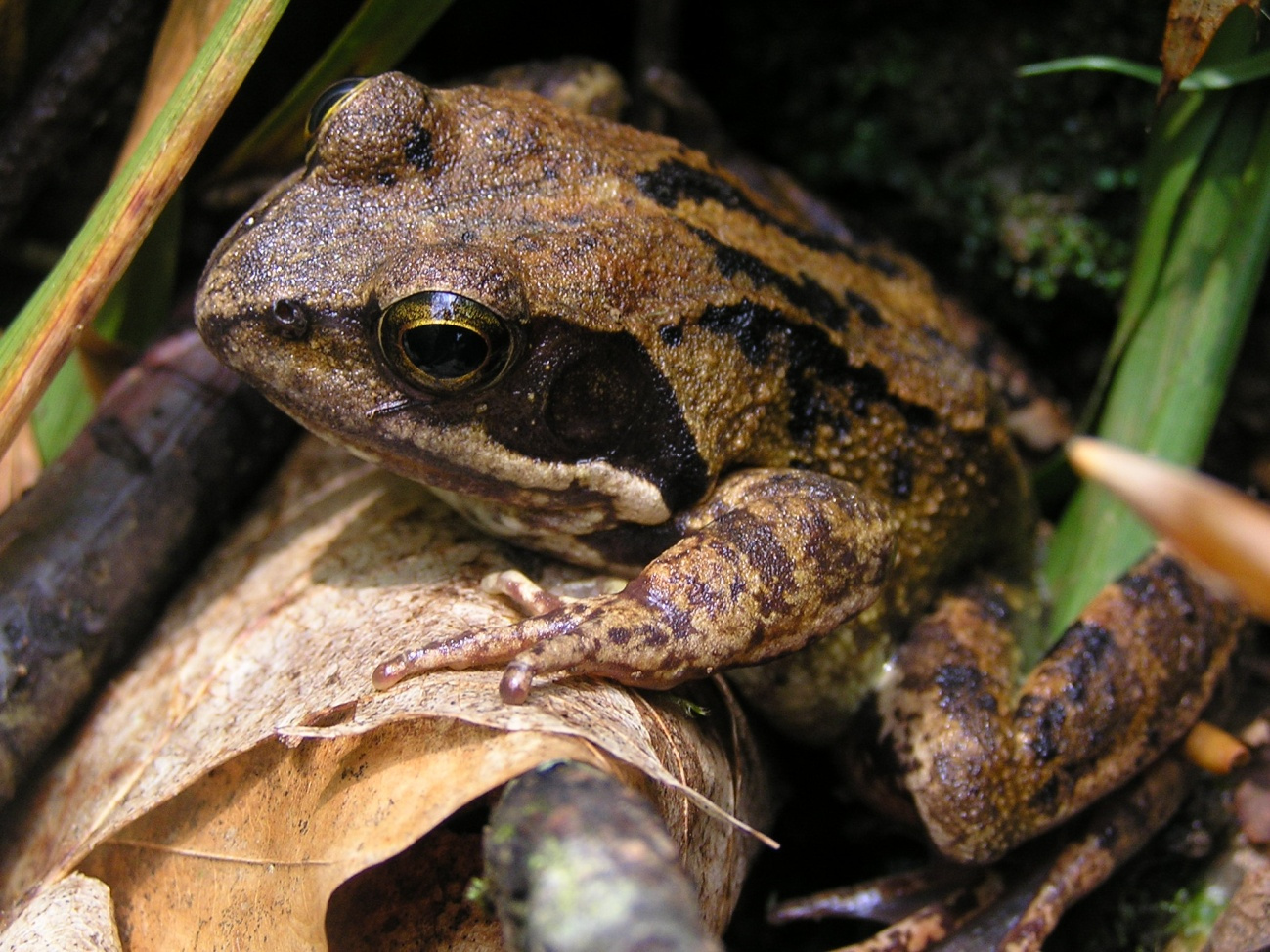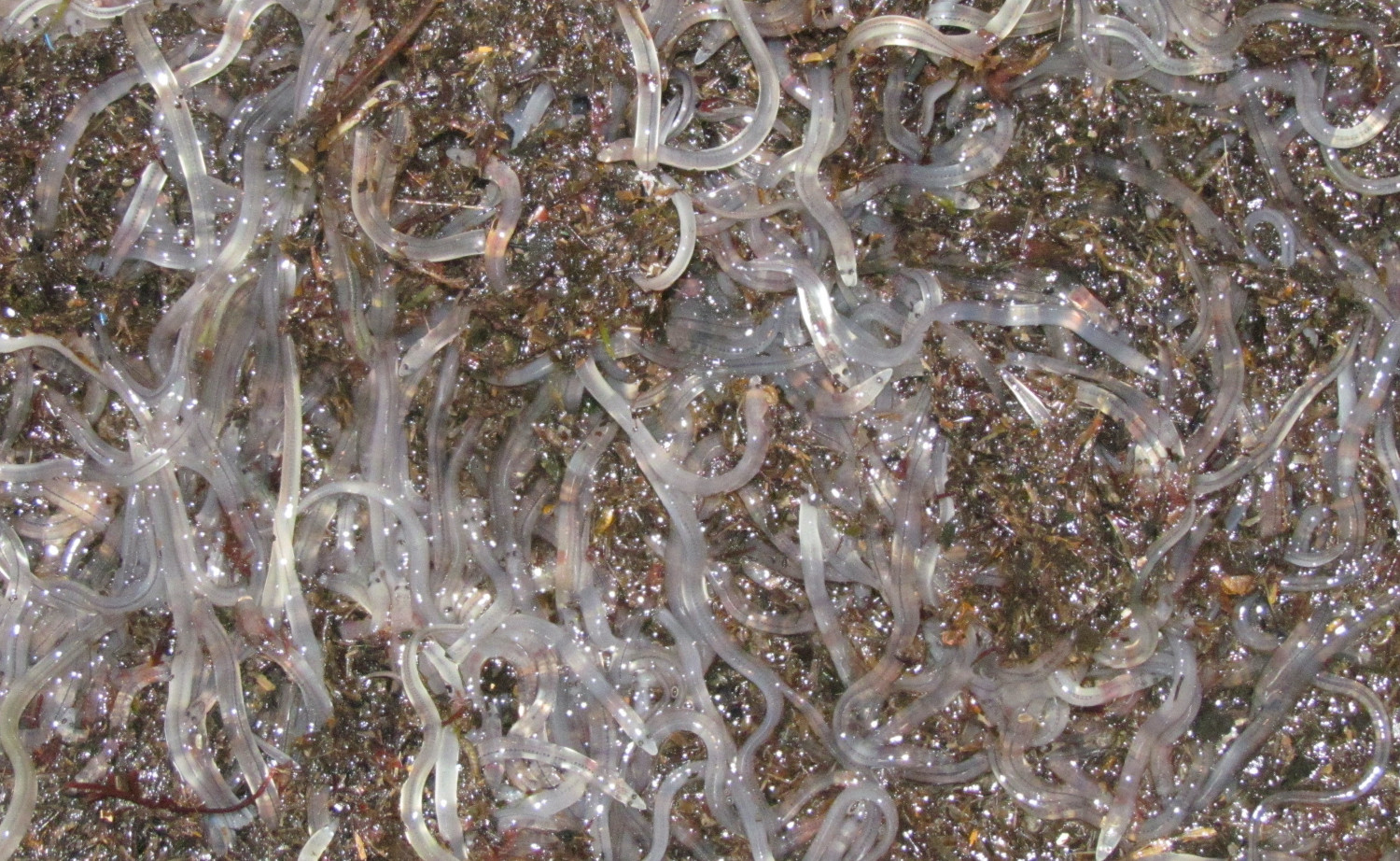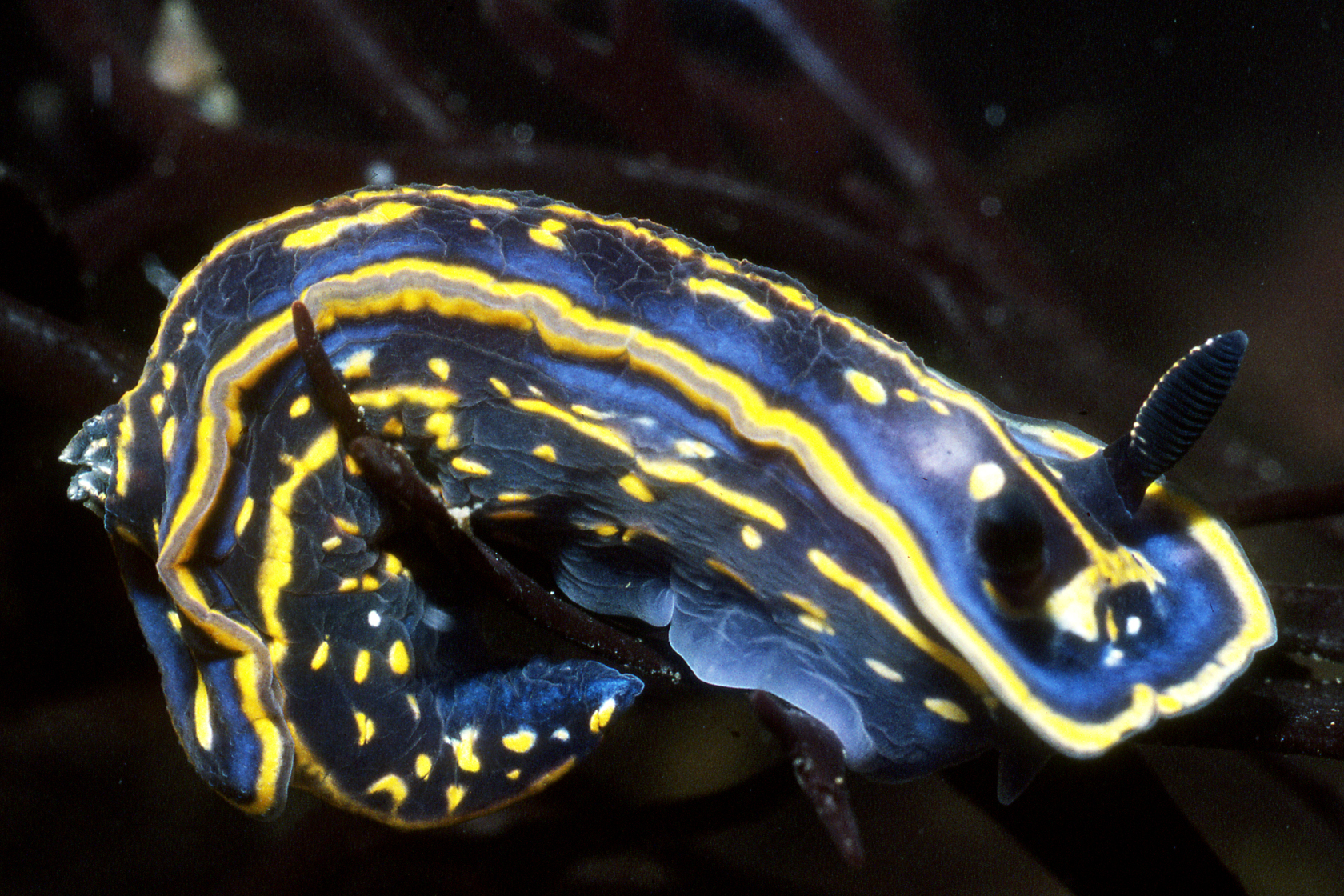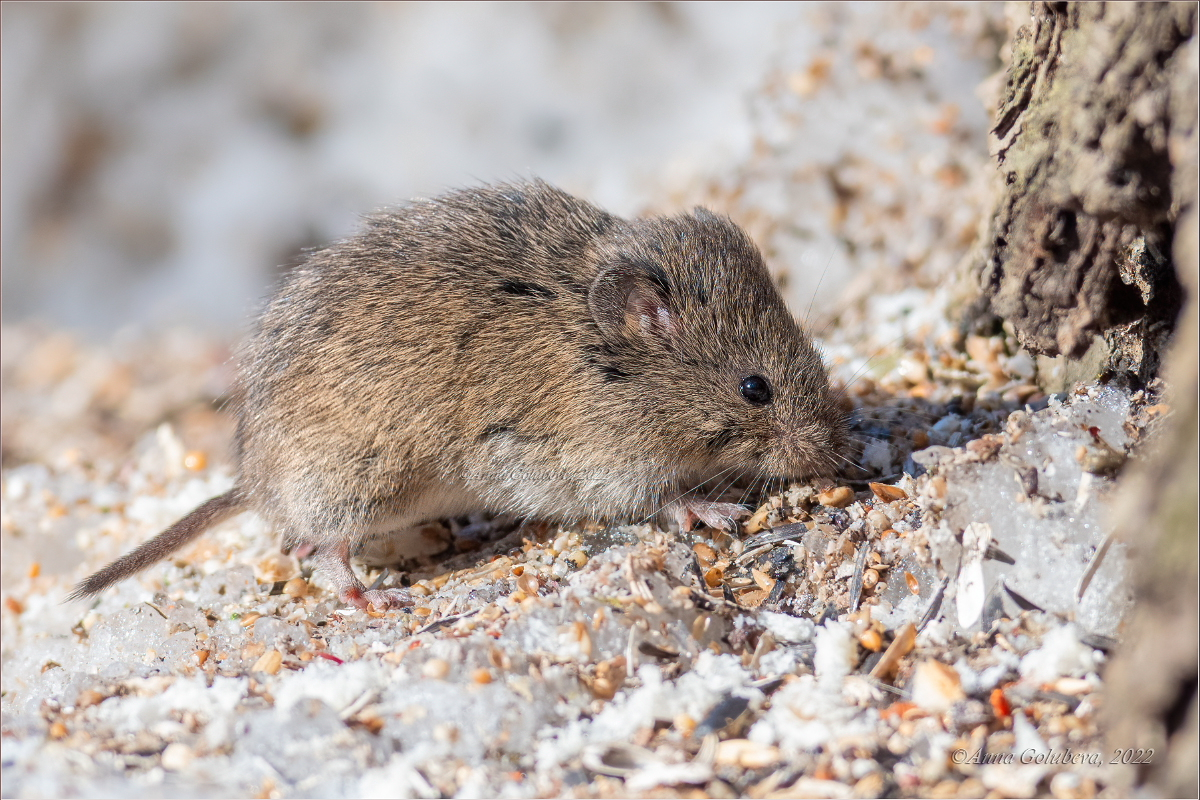Forest hunter
- It's at night. The moonlight passes through the few leaves left in the trees. Silence is absolute. Birds sleep between weeds, protected, asleep. But suddenly something hit his stomach. Most birds have been frightened, but they've been freezing, silently. The fool, terrified, flies to all running! Silence continued. The fool goes between the claws. Urubia has a lot to eat today.
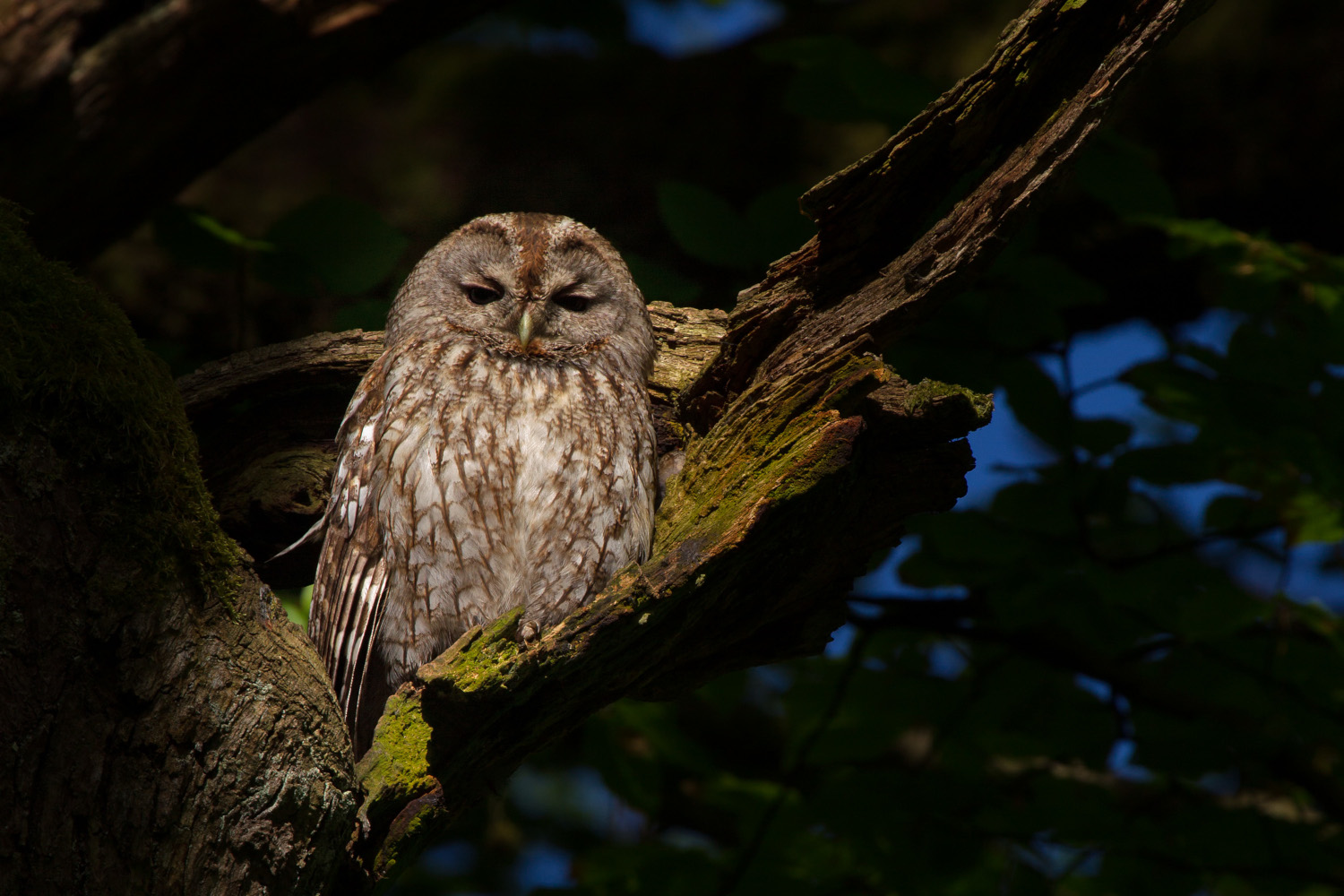
It is a very widespread species in the Basque Country and known for a thousand names: basbon, owl, owl, avellano, ivy, mozolo and owl, among others. Its official name is Strix aluco. During the day he is sheltered or in a branch near the trunk and wakes up at night, hence the comparison of the juerguists with the owls. It often seems that he calls us home early in the morning and Txirrita thought that when he closed the bar: “From the church they have started to look at the owls / I haven’t seen the noises I hear in the bath / the shy red sea bream that the man receives without money / the Txirrita bag has no penny.”
It's a pretty hard species to see, because its plumage is very cryptic, that is, it camouflaged very well with the fingernails of the logs. Its plumage is brown, although there are some gray and others redder. His head was round, black-eyed. Although hard to see, listening is quite simple: we all have in mind the gloomy song that is heard in the dark nights of the movies: Urubia is who makes the famous “uuuuuuuuuuuuuuuuuuuuuuuuuuuuuuuuuuuuuuuuuuuuuuuuuuuuuuuuuuuuuuuuuuuuuuuuuuuuuuuuuuuuuuuuuuuuuuuuuuuuuuuuuuuuuuuuuuuuuuuuuuuuuuuuuuuuuuuuuuuuuuuuuuuuuuuuuuuuuuuuuuuuuuuuuuuuuuuuuuuuuuuuuuuuuuuuuuuuuuuuuuuuuuuuuuuuuuuuuuuuuuuuuuuuuuuuuuuuuuuuuuuuuuuuuuuuuuuuuuuuuuuuuuuuuuuuuuuuuuuuuuuuuuuuuuu In addition, being a species very adapted to new environments, it is a very widespread species, it is also found in cities. To adapt to new environments and habitats, the condition is that there is a sketch or set of trees, as it is a forest species in itself.
Urubia has a very varied diet and adapts it to the availability of the dams around her. For example, it has been observed that in forest habitats, the mouse is the one that feeds the most and the bird is not so much. In cities, on the contrary, birds form a greater proportion of their diet. In addition to mice and birds, topos, worms, insects and other animals are part of their diet.
Their zeal begins in December and increases the time they spend singing to consolidate their territories. After a month of incubation of two and five eggs, the first chicks start jumping from the nest at the end of February. The chicks jump out of the nest before the flight feathers fully grow and agitate between the branches and nearby logs.
If a chick of this kind is found, calm down, the chicks are guarded, as the adults are around them. So, don't take her home. If the location of the nest or any of the branches of the area is known, it is recommended to leave it in the nest. If you are in some risk area, however, you have to contact the forest guards and follow the steps they tell us.
COMMON LETTUCE (Strix aluco)
Group: Vertebrate/Bird.
Size: From peak to tail 36-44 cm. South length 81-93 cm.
Where does he live? In the forest. In cities, it has a small forest.
What do you eat? Micromammals, birds, worms, insects...
Level of protection: Protected in Europe.
Itsasoan badira landareen itxura izan arren animalia harrapari diren izaki eder batzuk: anemonak. Kantauri itsasoan hainbat anemona espezie ditugun arren, bada bat, guztien artean bereziki erraz atzemateko aukera eskaintzen diguna: itsas-tomatea.
Ugaztunei eskainitako azken artikuluaren amaierako hitzak hurrengo animalia aurkezteko aitzakia paregabea dira. Bertan esaten genuen muturluzeak erreka “garbi eta txukunak” behar dituela, kutsadurarik gabeak baina elementu natural anitzekin. Animalia txiki horren... [+]
Antxoa, bokarta edo albokartia, gure arrain komertzialen artean txikiena, euskal kostaldera hurbildu da.
Katalanen ustetan artzainak engainatzen omen ditu hegazti honek: “enganyapastors”. Espainiar eta latindarrek, aldiz, ahuntzari esnea kentzen diola diote, hortik datorkio hain zuzen ere izen zientifikoan (Caprimulgus europaeus) islatzen den caprimulgus (capra... [+]
Leihatila honetan behin baino gehiagotan azaldu ditugu Ama Naturaren engainuak bere izakiak babestearren. Batzuetan, erle edo liztor itxura zuten euliak ekarri ditugu, beste batzuetan inongo arriskurik ez duten arrisku-kolorazioko intsektuak ere bai (kolorazio aposematikoa... [+]
Nekazal eremu lehor baten erdian ageri da putzua. Txikia da tamainaz, eta ez oso sakona. Egunak dira euririk egiten ez duela, baina oasi txiki honek oraindik ere aurretik bildutako urari eusten dio. Gauak eremua irentsi du eta isiltasunaren erdian kantu bakarti bat entzun da... [+]









